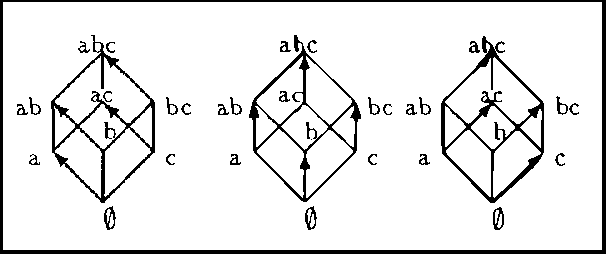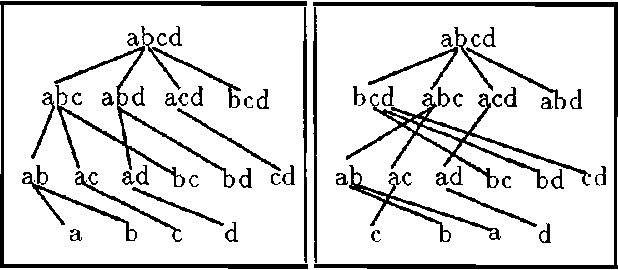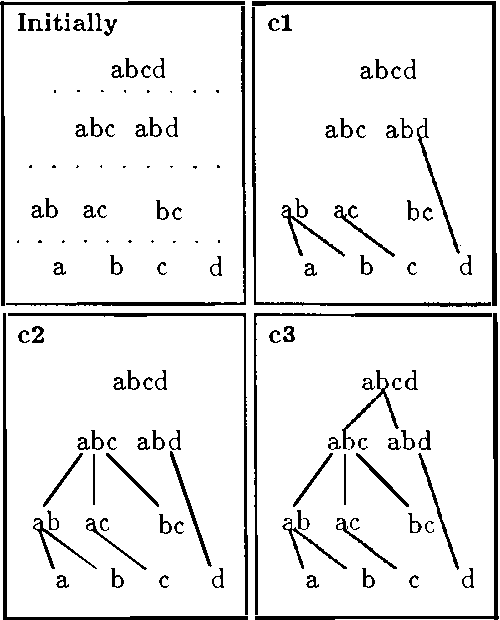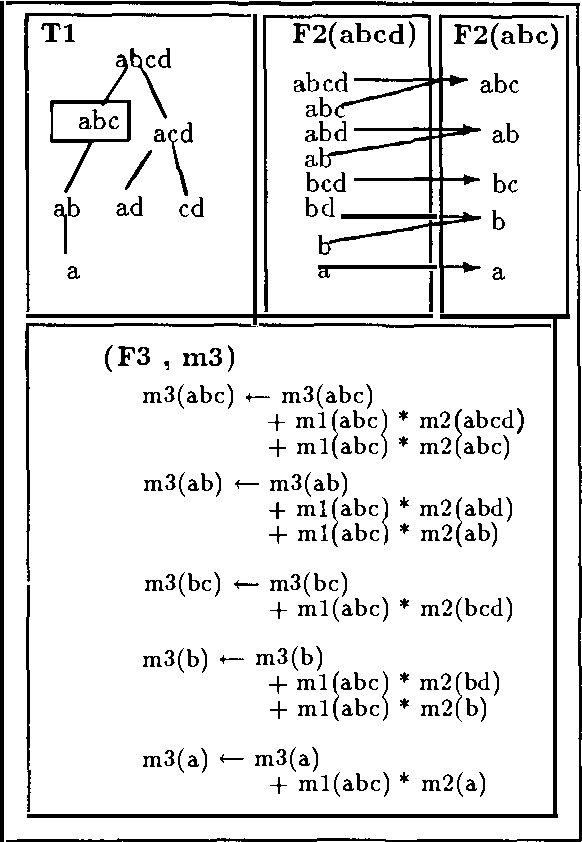Structuring Bodies of Evidence
Paper and Code
Mar 20, 2013



In this article we present two ways of structuring bodies of evidence, which allow us to reduce the complexity of the operations usually performed in the framework of evidence theory. The first structure just partitions the focal elements in a body of evidence by their cardinality. With this structure we are able to reduce the complexity on the calculation of the belief functions Bel, Pl, and Q. The other structure proposed here, the Hierarchical Trees, permits us to reduce the complexity of the calculation of Bel, Pl, and Q, as well as of the Dempster's rule of combination in relation to the brute-force algorithm. Both these structures do not require the generation of all the subsets of the reference domain.
* Appears in Proceedings of the Seventh Conference on Uncertainty in
Artificial Intelligence (UAI1991)
 Add to Chrome
Add to Chrome Add to Firefox
Add to Firefox Add to Edge
Add to Edge